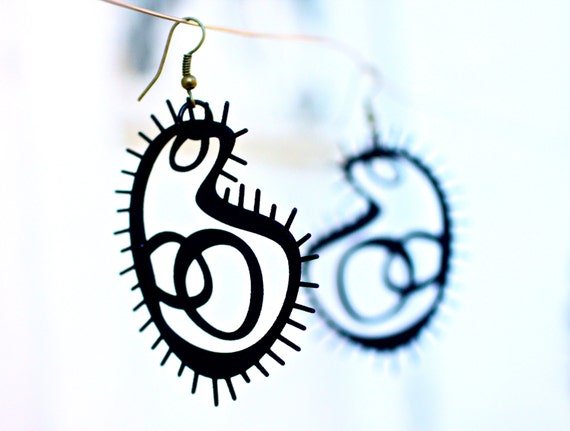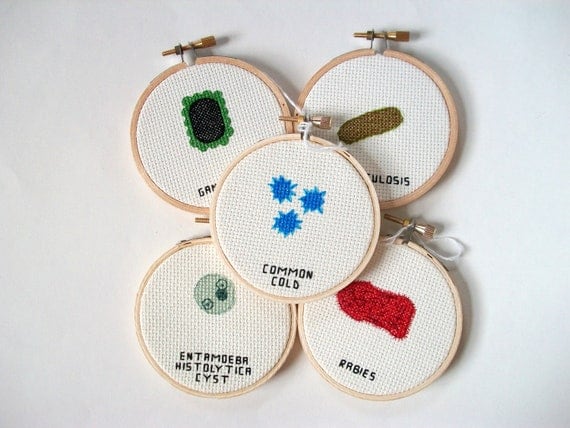To start off the semester I want to tell you about the great things we are doing this Spring! We have three great events coming up soon. Today I will inform you about ‘Anatomical Love’, ‘Digital Creations’ & our ‘Anatomical Zine’!
Next week the students of BVIS are hosting a gallery exhibition at Pilsen Thrift.

Anatomical Love will be an amazing show highlighting some work created by students. On display will be work completed while in the program as well as personal artwork. There are even whispers that some of the artwork may be for sale?!
Here is a sneak peak of my cross-stitching project:

(While this masterpiece is quite tedious, it did give me an excuse to watch over 40 hours of The Tudors)
If you can’t make it out February 8th, then come see us March 1st at the National Museum of Health and Medicine in Chicago. The NMH+MC is a private venue, therefore an RSVP is required. Email uicbvis.students@gmail.com with subject “Digital Creations RSVP“, please include your name and name of any guests.

Digital Creations is a chance for me and my colleagues to show artwork made with different media while in UIC’s Biomedical Visualization Program. Ranging from 3D medical tools to personalized independent projects this exhibition will highlight the range of work we are capable of.
And last but not least, the Student Association of Medical Artists (SAMA – the BVIS student organization) will be represented at the Chicago Zine Fest. On March 9th from 11am – 6pm we will have two tables set up, one for a bake sale ( baked good for donations) and another to sell Anatomical Zines.

This festival is serving as our annual fundraiser. Profits will be used to help fund figure drawing held throughout the year, as well as reimburse students who submit there work to the Salon at the Association of Medical Illustrators Annual Meeting ( a very prestigious event for our field 😉 ).
We can’t wait to see you this semester!








































